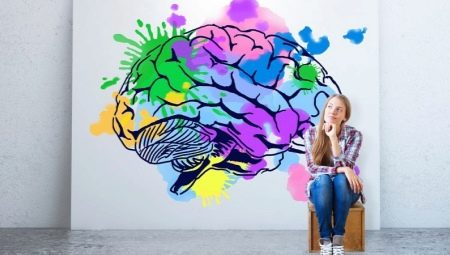Examining the paintings of famous artists, reading literary works, admiring the innovative developments in any field, we sometimes wonder - how do people come up with such ideas? Where do they get inspiration? Why are only a few able to think outside the box and make a revolution in a particular area? The answer is simple: creative thinking works great for them. What is it and can it be developed independently - read on.
What it is?
In fact, each person potentially has creative thinking. Sometimes it is equated directly with creativity, but in reality this concept covers a wider field of thinking, namely, the ability to find alternative ways to solve any task. In psychology, such thinking is called divergent (from lat. divergere - diverge) implying the removal of any restrictions and blindness, the rejection of patterns and any familiar moves, going beyond the scope of the routine.
The result of such thinking is the discovery of a fundamentally new or improved solution to a particular problem.
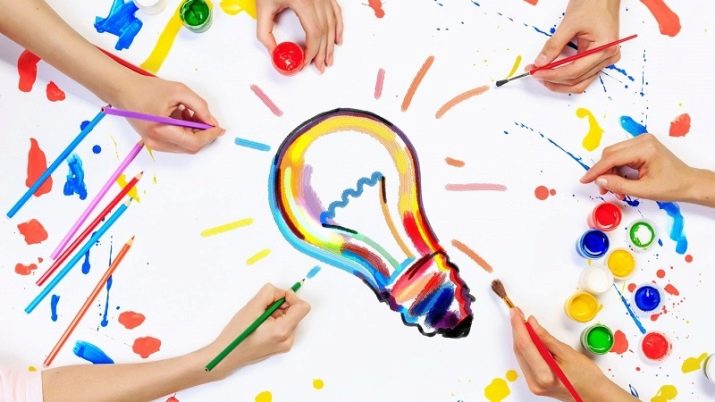
Consider the main features of such thinking:
- any idea that arose with an individual with developed creative thinking is non-trivial and original, in any case, he strives for this;
- a creative person is able to consider an object from a different angle, use it in a new way, find other functions and apply them in practice;
- the creative nature of thinking means that the individual has the ability to produce ideas even when nothing in the environment has this and is not a guide.
Factors that affect creative activity:
- visualization;
- metaphor;
- analogy;
- humor;
- emotionality.
From people whose profession is somehow connected with creativity, one can often hear that the most important and interesting ideas come to them suddenly, and not after much thought and reasoning. In this way the superconscious mechanism works, which is responsible for the sphere of emotions, feelings, intuition.
Stages of the creative process:
- the appearance of an idea, an interesting idea;
- the use of various conclusions, even the most incredible, to explain this phenomenon;
- analysis and selection of the best solutions.
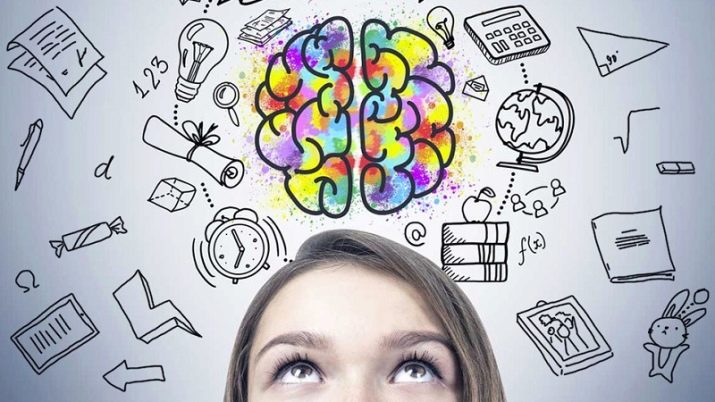
Activation methods
Currently, there are many ways to activate creative thinking. We will focus on some of them.
Pun
Choose 2 words, using available means: the book you are reading, the received SMS, an advertisement on a post or anything else. Now connect them in one context, find something in common between them, compose a short story with their use. Take, for example, these words: “mouse” and “wire”. What is common between them?
Well, firstly, we can talk about a computer mouse. Secondly, the mouse may well gnaw through the wiring in the house and arrange a circuit. Or run across the wires from one roof to another and change your place of residence.
When using fantasy, you can come up with a more intricate story.
Lateral thinking
This is an examination of the object from all sorts of angles and finding an unusual way to use it.. Example: everyone knows what an umbrella is and what it is for - to protect it from getting wet in the rain. But if you take a large umbrella and a cover, then you can design a children's tent for games at home. From a broken black umbrella, you get bat wings for a carnival costume.

6 hats
Quite an interesting technique, requiring the presence of at least six people. During the discussion on the solution of the task, each of these people selects a certain color of the “hat” and acts according to it:
- white hat is responsible for logic - “trying on” it will “lay out everything on the shelves”;
- yellow - optimistic, the one who gets it will look at the problem only from a positive point of view and highlight the advantages;
- black - critical, the person in this “hat” will spread the sentences “to the smithereens”, looking for minuses and weaknesses;
- green - creative, the individual who “tried on” it will be a generator of ideas;
- red - emotional, the task of its owner will be to describe the emotions that arose in him in the process of completing the task;
- blue - philosophical, as a rule, goes to the most experienced specialist, summarizing the suggestions and thoughts of everyone else.
If suddenly during the game of “6 hats” the individual gets the wrong color, this will help him to leave the comfort zone and activate creative thinking.

Brainstorming the other way around
To begin with, let’s recall what a “brainstorming” is. So called the process of expressing any ideas when solving a task, even the most incredible ones. By the end of the discussion, the most appropriate ones remain.
“Storming the other way around” is a discussion of openly wrong ideas, that is, essentially, reflections on how to worsen the situation. For all the seeming absurdity such a technique is quite effective, and sometimes in the process of "assault on the contrary" very interesting ideas arise.
Reading words backwards
You can do this alone, for example, while traveling on a bus or walking around the city: read words on billboards, signs not from the beginning, but from the end. You can play with a friend: one calls the “inverted” word, the other tries to translate it as quickly as possible.
Mental Intelligence Cards
In the middle of a piece of paper you write down a question that needs to be resolved. From it, arrows, “branches” diverge associations associated with its resolution.Each of these “branches” is also subdivided into several possible associations. In this way, for a fairly short period, you can find an excellent solution to the problem.
Art therapy
The ability of an individual to convey his feelings and emotions through fine art, to give them shape. Sometimes such creativity reveals a real talent in a person.
Recall the great Frida Kahlo, whose paintings, written after the tragedy, perfectly convey her pain, both mental and physical.
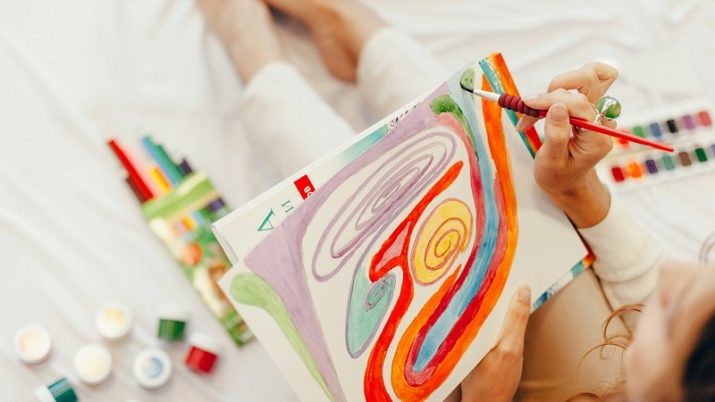
Inversion method
Its essence is the search for an anti-solution of the problem, which is necessary for understanding that it will definitely not work, that will not bring benefits. Arguments on the topic “how not to” often lead to the fact that a person sees something that was just not enough to implement his idea.
Exercises
Now let's talk a little about what technologies for the development of creative thinking exist.
Word selection
You can do it in two ways:
- pick up as many nouns as possible reflecting the essence of the concept, for example, a flower - a plant, greenery, bud, grass, etc.
- make up associative chains: It is proposed to supplement the set of 3-5 words with your own association, for example, a roof, a door, a porch (window) - elements of a house.
Search for similar signs
Finding the greatest number of similar features for completely different concepts:
- ball-car;
- tree dog;
- sea train;
- sand-water.

Predictions
Great exercise for developing imagination. There are many variations of it.
Think of what could happen if ...
- dinosaurs will suddenly appear on the streets of the city;
- people will learn to fly;
- pets will speak humanly.
Imagine that your last “five hundred” remains in your wallet, and another week before your salary. Write a list (or imagine it mentally) of 10 products that you can buy with this money and live 7 days without starving.
Words in one letter
Take any letter of the alphabet and for a set period of time (usually given 3 minutes, maximum 5) write as many words as possible starting with it.
Item Description
From anywhere hold your gaze on the selected item. Write down (or put it in your mind) 5 adjectives that correspond to it as much as possible, for example, a vase - porcelain, white, glossy, puffy, mother-of-pearl. Now write down 5 adjectives that are absolutely not suitable for the chosen thing: Vase - fluffy, soft, paper, rubber, brick.

Recommendations
The foundations of the formation of creative thinking in children are best laid in preschool age by solving problems related to the search for objects according to their characteristics. If the child copes, he thereby forms his intellect, expands the range of mental abilities. Further, the baby learns more and more new things and upon reaching the age of 6 can compose a description of many objects, come up with a story, a riddle, a tale. The more often he does this, the better his imagination works.
Make sure that the child’s thinking is:
- flexible - he must be able to consider the problem from different angles;
- runaway - able to quickly generate ideas;
- original - so that it would not become a problem for him to come up with an unusual fascinating story.
How parents can help their children with creative thinking.
- Do not scold the kid for fiction. Understand that he does not want to deceive you - he himself believes in his fantasies, and this is important for him. If he describes what a beautiful fairy he saw on the lawn, do not interrupt him, but rather play along: ask for details of this magical meeting.
- Create with your child. Create outfits for dolls, build a garage for cars, compose and play a fairy tale using toys.
- Make sure that the baby always has paints, pencils, crayons, felt-tip pens, albums; buy plasticine, kinetic sand, do not skimp on the designers - all this contributes to the development of creative abilities.

You can perform several exercises.
- Draw some arbitrary geometric shapes and ask the child to complete the drawing.
- Invite your child to describe the selected toy with the five most suitable adjectives, and then pick up the five most inappropriate ones.
- Show the child a cloud in the sky, ask what or whom it reminds him of.
- Play the construction site. Write on paper the words: cat, tomato, brick, chest of drawers, water. Now the baby should use them in the construction of the house. For example, bricks come in handy for masonry walls, a tomato is red, you can paint the facade with paint of this color. He will put a dresser in the living room, lead a cat and pick up water in the bathtub to bathe it. Words can be used very different.
Classes with a preschool child should be carried out regularly and it is better to do it in a playful way so that he does not get bored. Teachers are also involved in the development of creative thinking in younger students, conducting various extra-curricular activities, as well as in the lessons of drawing, music, labor, literature and the Russian language. It’s important to remember that the correct answer “by pattern” is not always good, as it is associated with memorization, and not with creativity. Therefore, teachers should give students the opportunity to express their point of view and correct them only in the case of gross errors, but not at all ridiculed "for stupidity" in front of the whole class.
At the age of 6 to 11 years, the child develops an awareness of his own significance in society, and this kind of criticism can make him withdraw into himself.

The development of creative thinking in children and adolescents is facilitated by going to additional circles and sections: to the club of robotics, art and music schools, and dancing.
How important is creative thinking in adults? It can be said that it is very important, especially for those who want to become:
- designer
- a psychologist;
- Advertising Manager
- a writer;
- an artist;
- an architect;
- sculptor, etc.
An adult can often be creatively hindered by the blindness of his views. It is quite difficult for him to see something unusual in the ordinary, to move away from the usual methods of solving any problems. However, this is entirely possible, and There are certain recommendations for the development of creative abilities in adults.
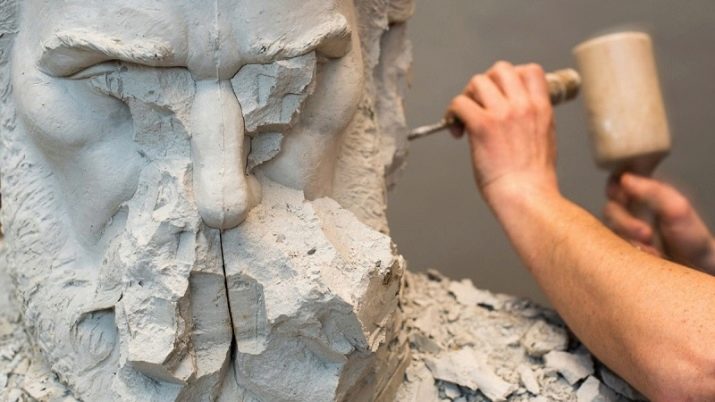
Perform the following exercises.
- Imagine the most common item in your home, for example, a stool. Think about how you can use it besides sitting on it.
- Compose a story from a limited number of words. It does not have to be realistic - the more fantasy you put into it, the better.
- Come up with oxymoron phrases that is, combine incompatible, conflicting words: a living corpse, hot snow, an endless dead end.
- Read backwards words on billboards, signs, posters, business cards.
- Try to start reading the book not from the beginning, but from the middle or even the end. So you first learn the denouement, and only then - the prologue.
- Learn foreign languages. This is useful not only for traveling around the world, but also in the development of creative thinking. You can sometimes mentally translate the seen phrases from the native language into a foreign one on the way to work or on a walk.
- Use synonyms more often in your speech - they make speech richer.
- Get an Ideological Diary and keep it always with you - then, as soon as you have an interesting idea in your head, you can immediately fix it on paper, and then think it over and possibly bring it to life.
- Expanding horizons contributes to the constant recognition of something new. Travel, get acquainted with the cultures of different nations, take an interest in history, literature, cinema.
But just don’t bother with daily news taken from the Internet or seen on TV: nothing contributes to the blindness and limited thinking than the formation of the “herd effect” with the help of the media.

